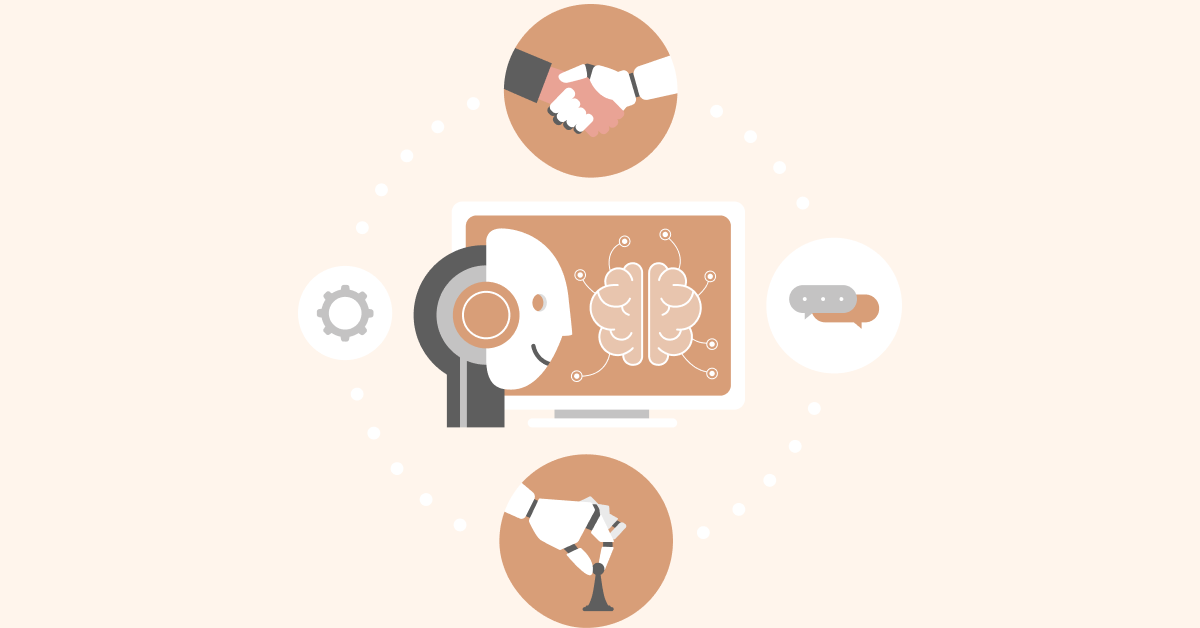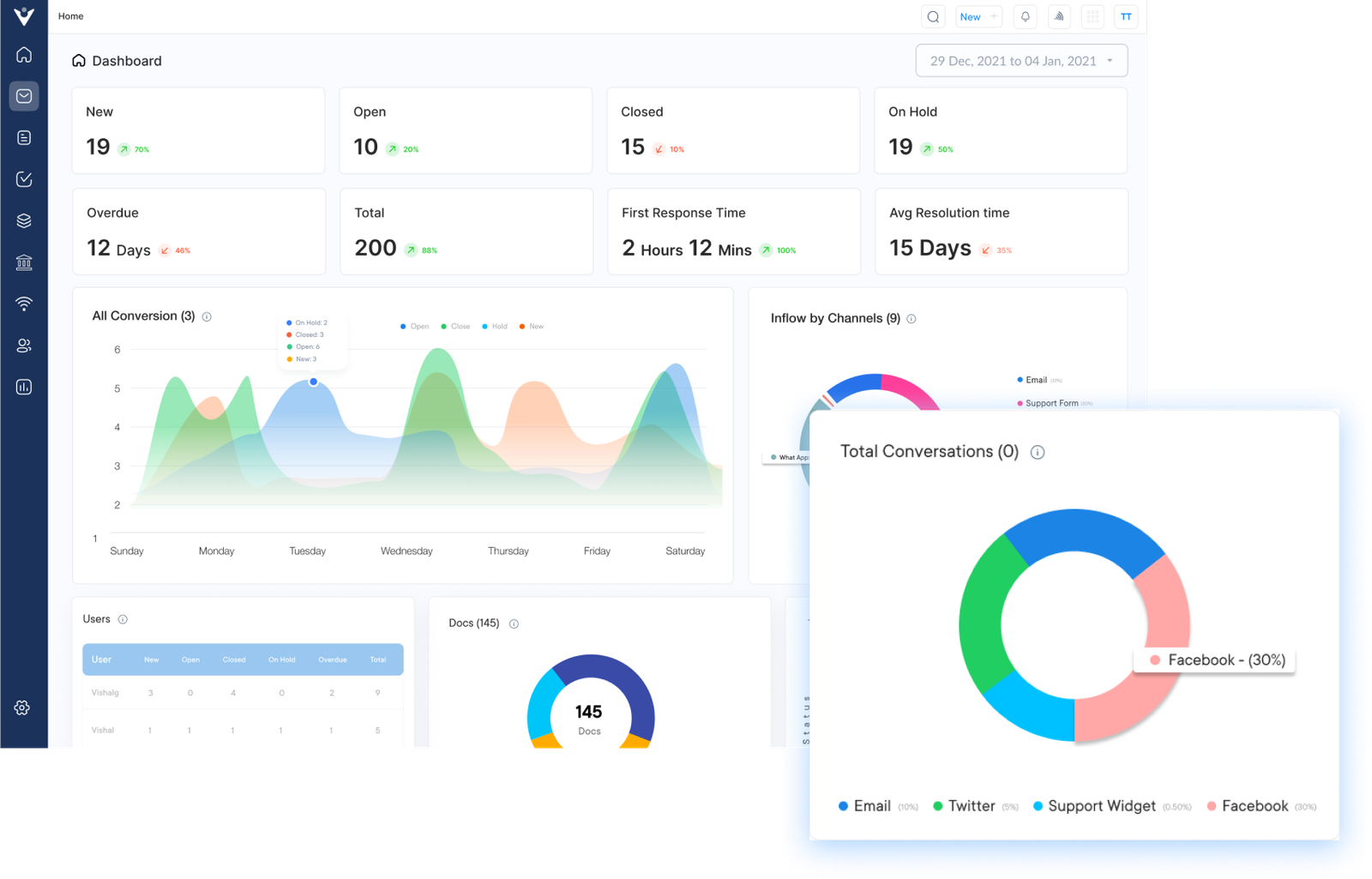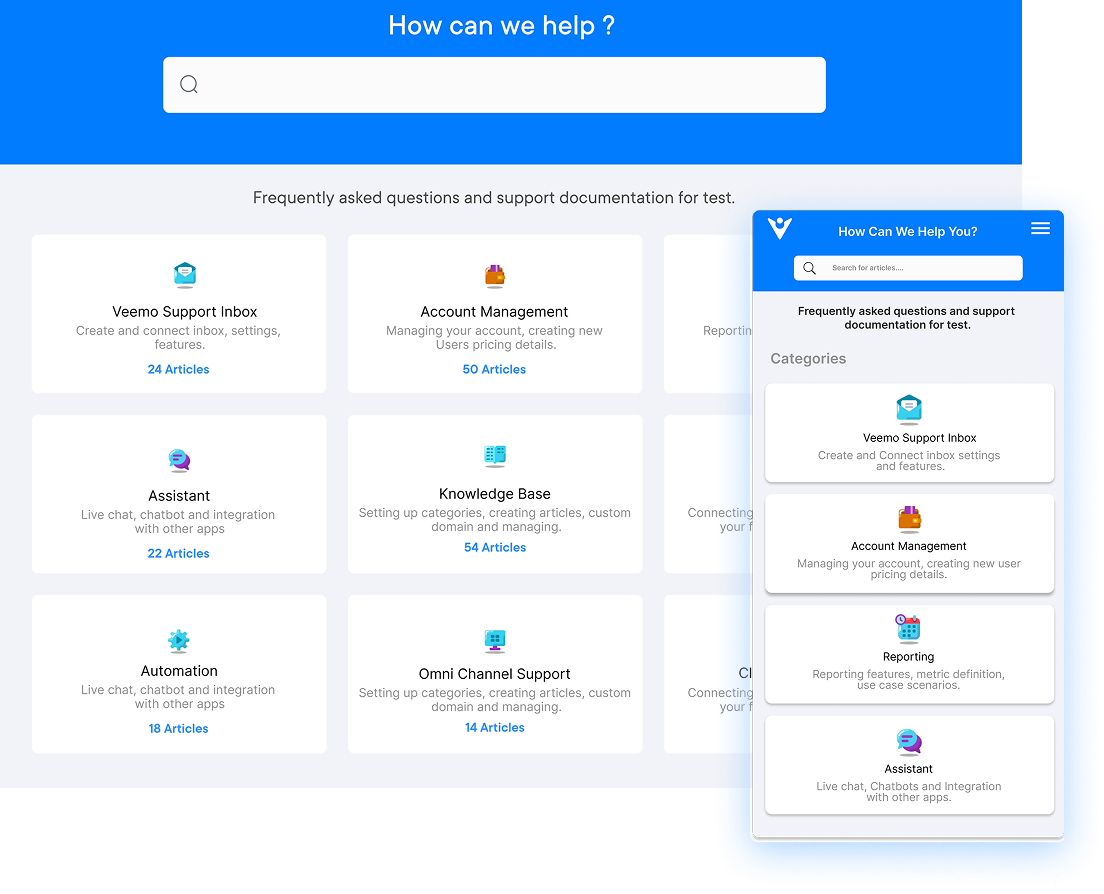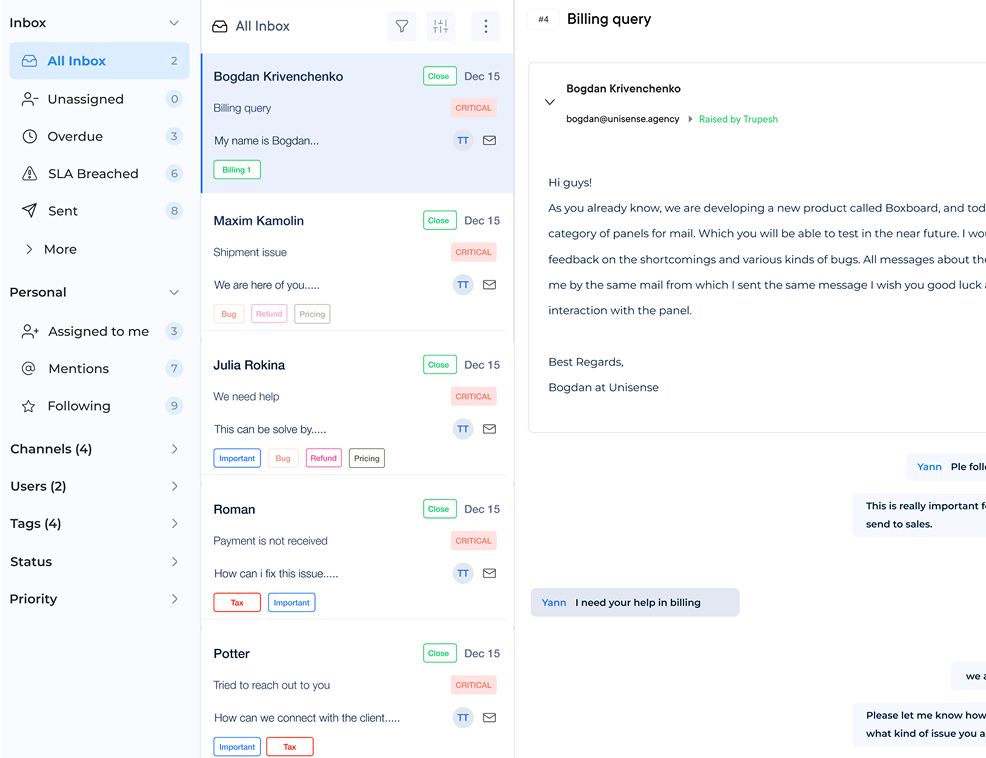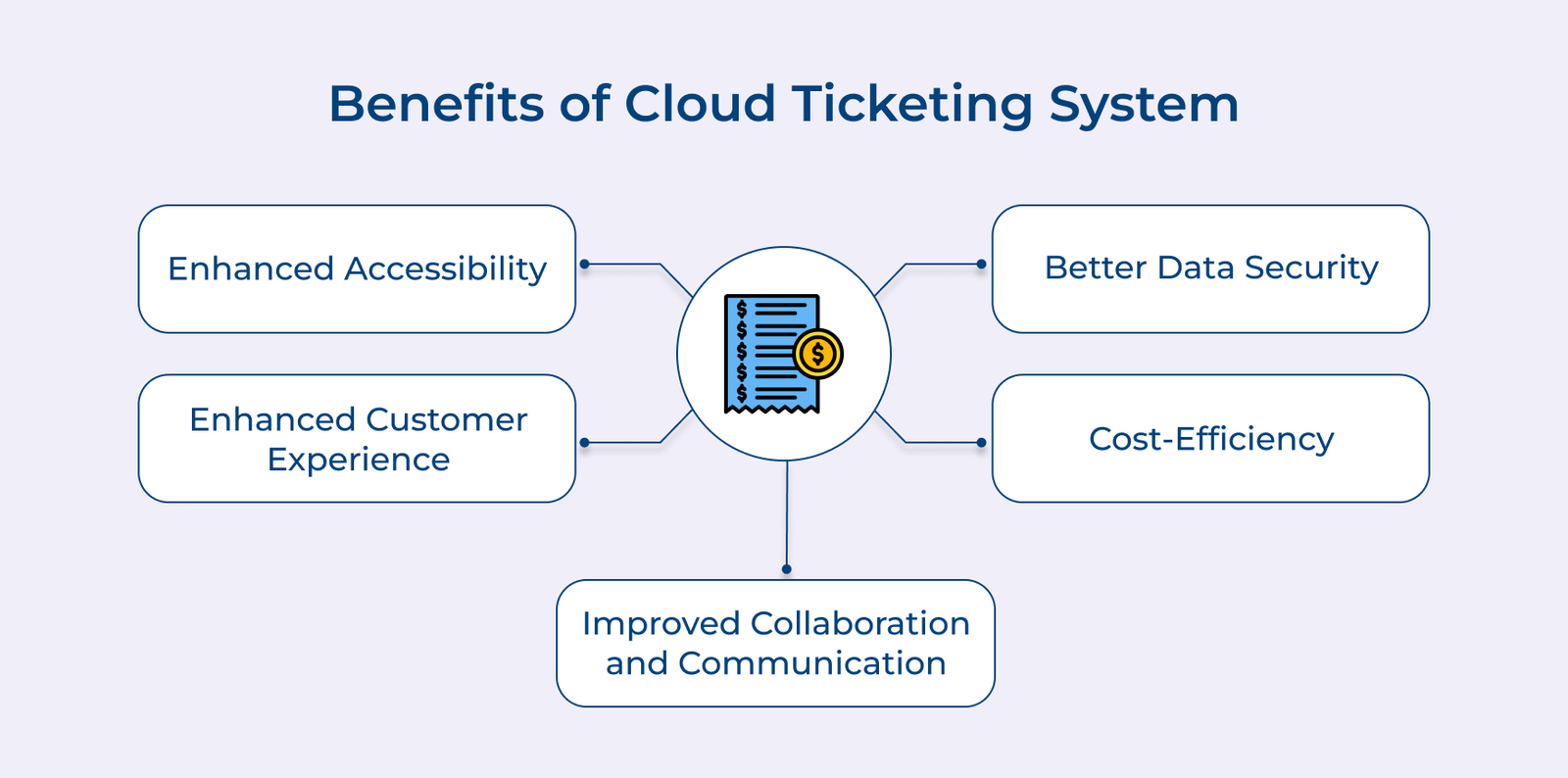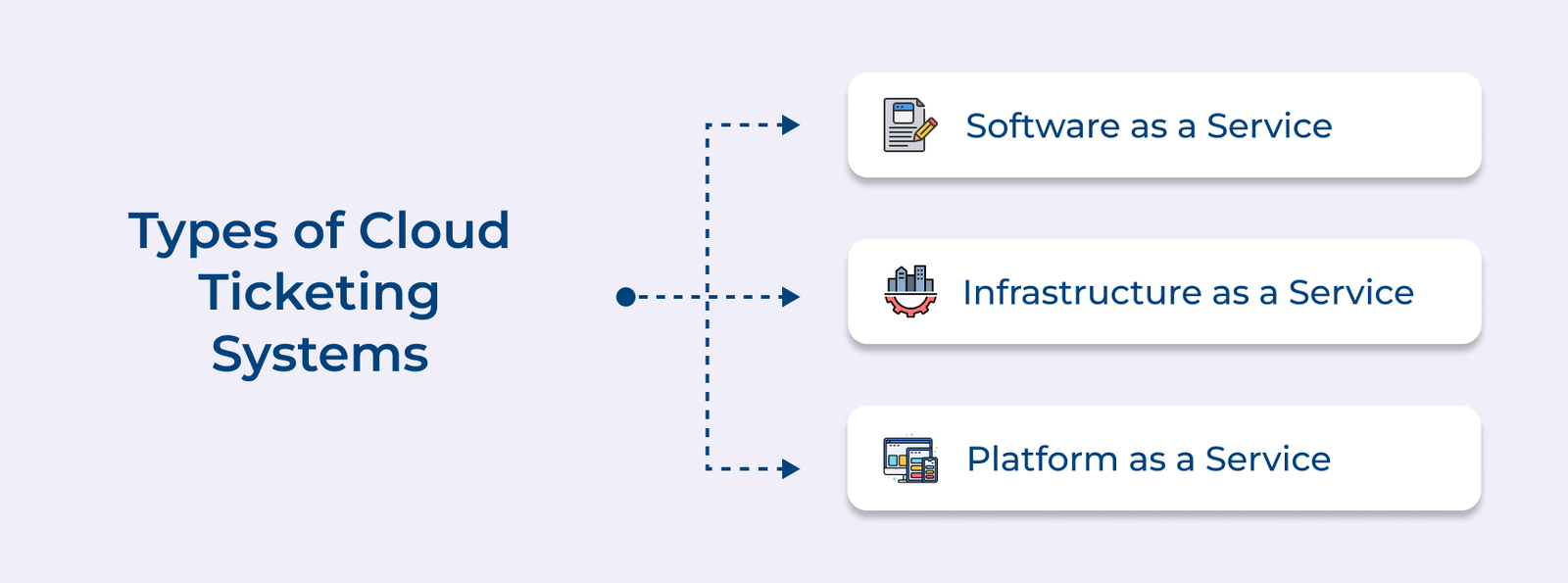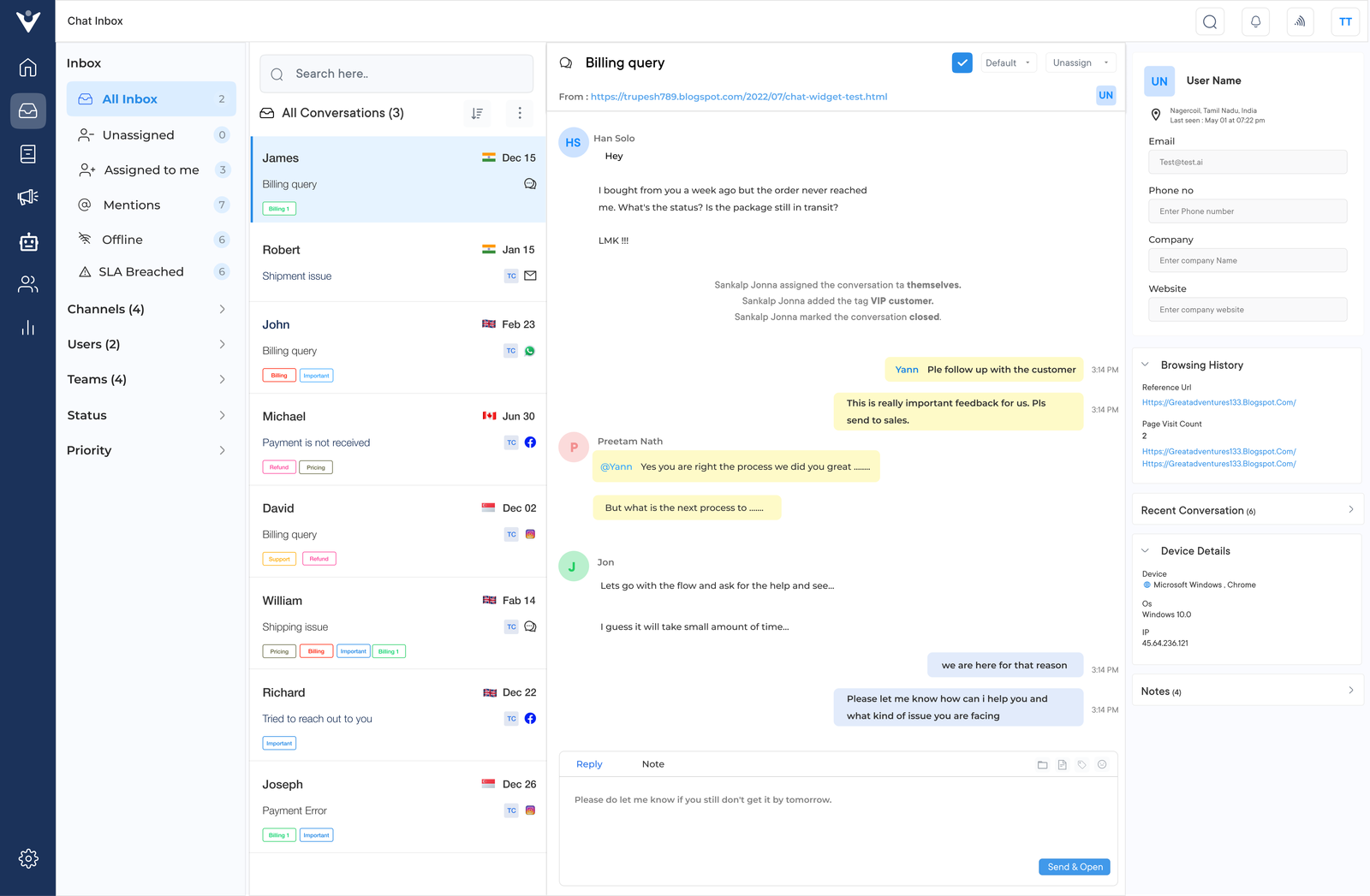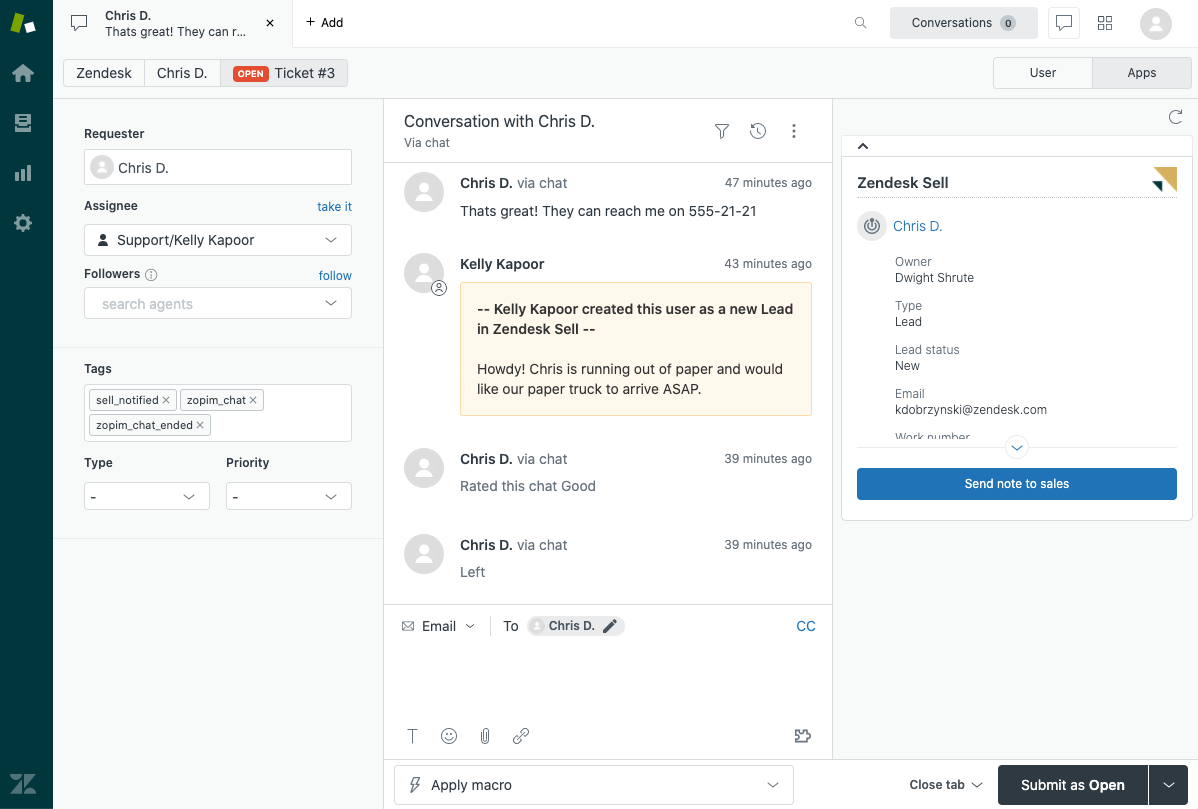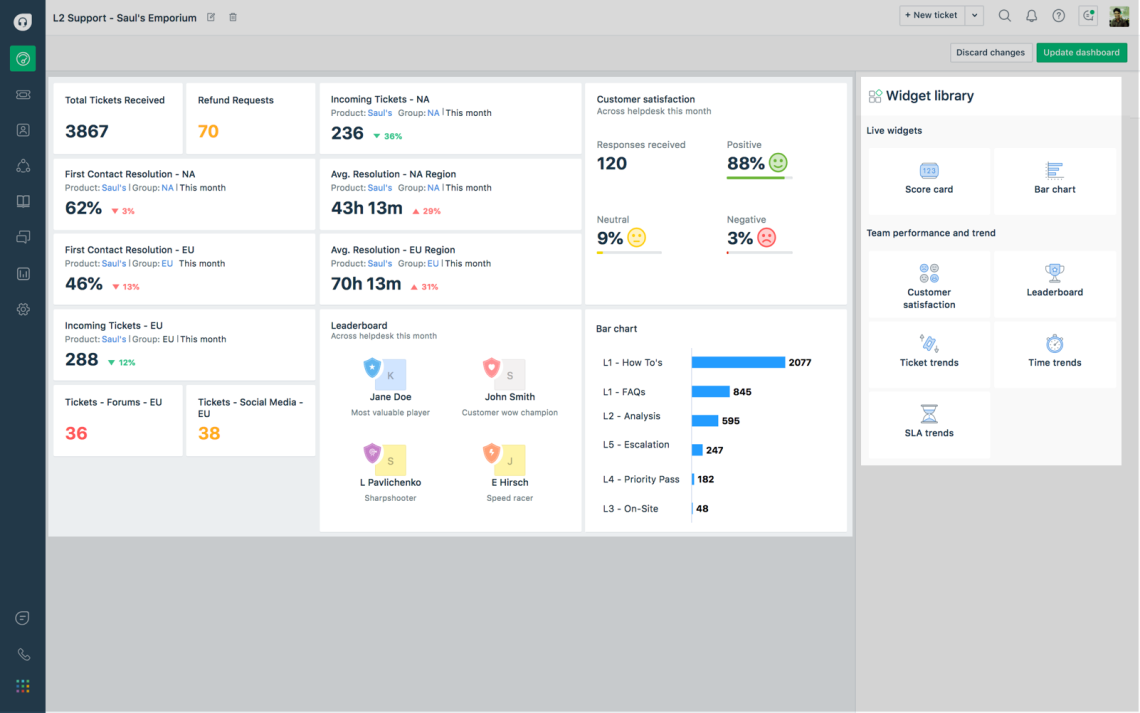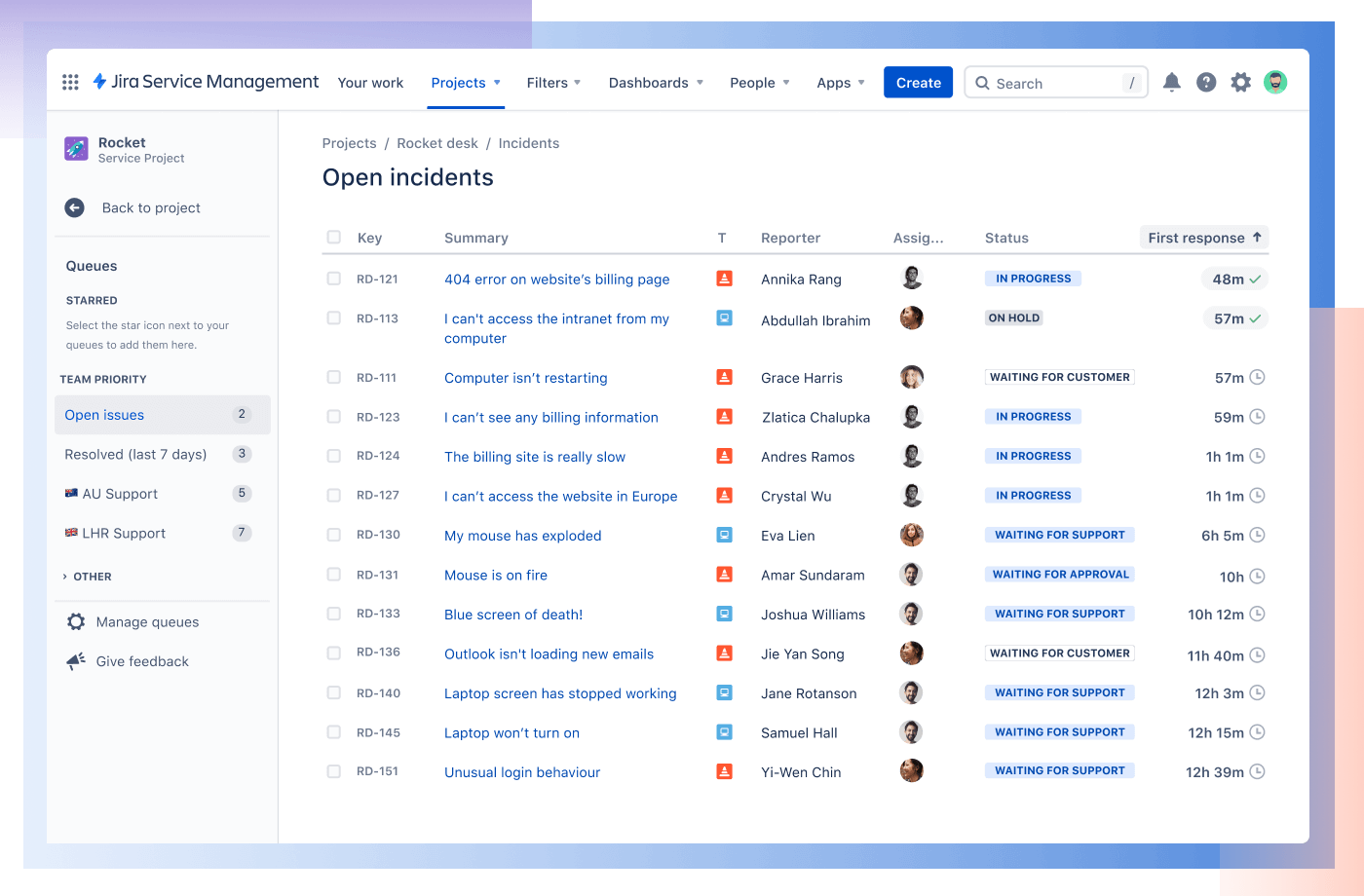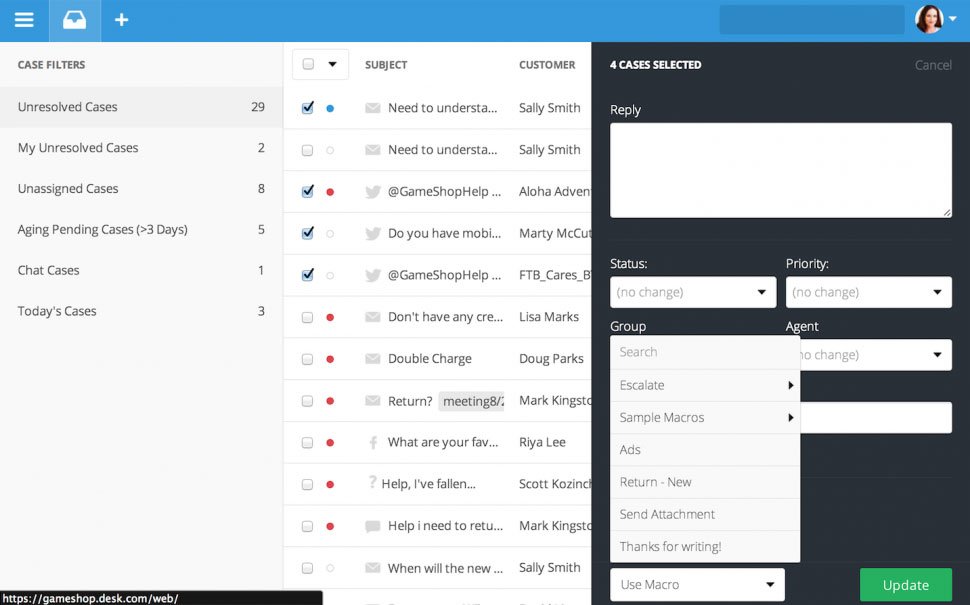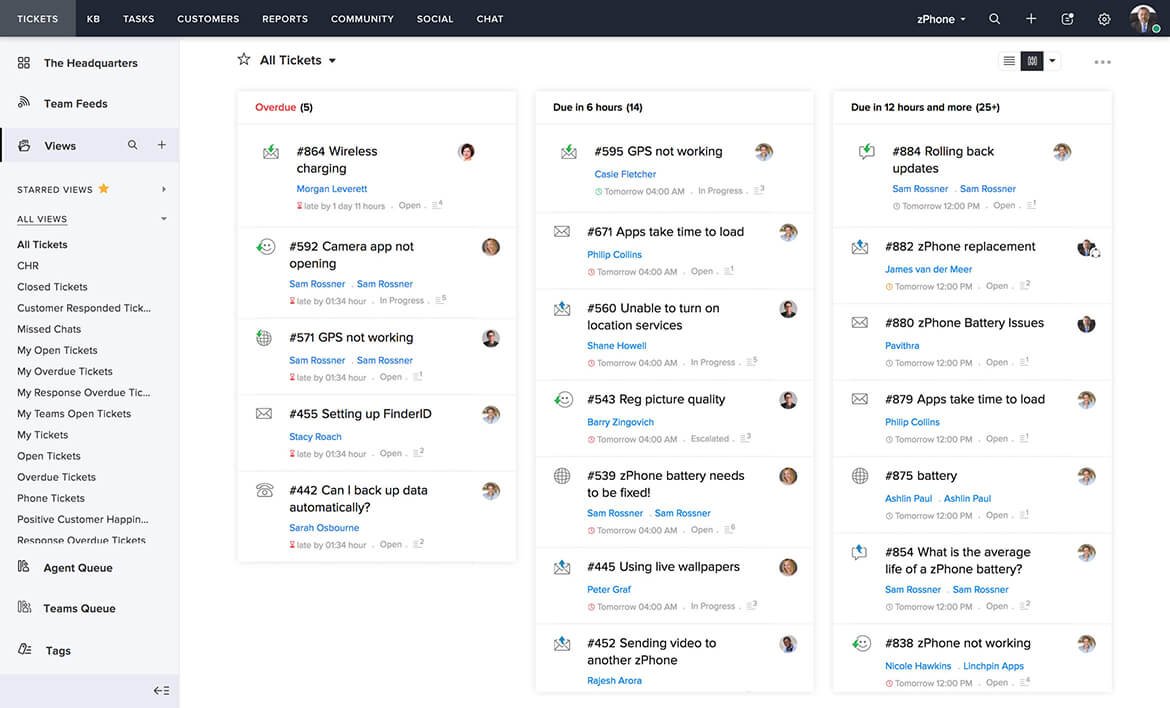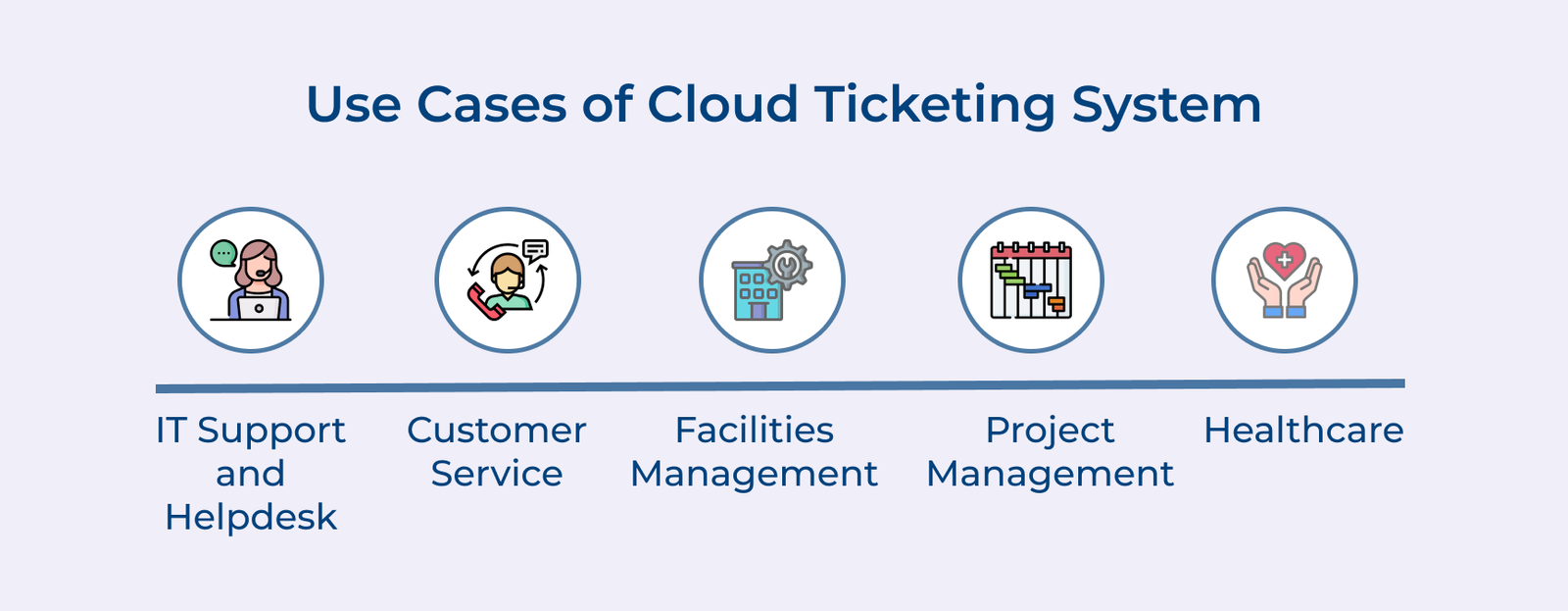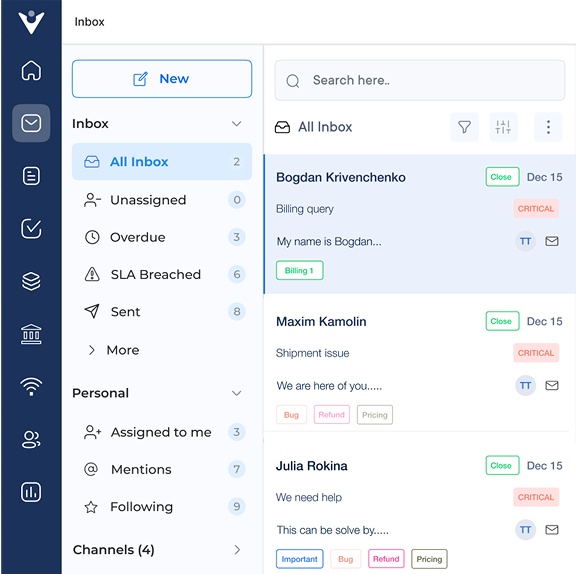1. Multi-Channel Support
Cloud ticketing systems allow customers to submit support requests through various channels such as email, web forms, live chat, social media and even phone calls. The omnichannel approach ensures a consistent and seamless experience for customers.
2. Automated Ticket Routing
Incoming tickets are automatically routed to the appropriate support agent or team based on predefined rules, such as the type of issue or customer priority. It ensures that tickets are handled efficiently by the right personnel.
3. Knowledge Base
Many cloud support ticket systems include a searchable knowledge base and self-service portal. It allows customers to find solutions to common issues on their own before submitting a ticket. The workload on the customer support team gets reduced while the customer satisfaction improves as well.
4. Service Level Agreements (SLAs)
Tickets can be prioritized based on factors like customer importance, issue severity or SLA commitments. SLAs define the maximum response and resolution times for different ticket types, helping organizations meet their service commitments.
5. Collaboration and Internal Communication
Cloud ticketing systems facilitate collaboration among support agents and teams. Agents can add notes, tag colleagues and transfer tickets as needed. Internal communication channels and real-time notifications keep everyone informed.
6. Reporting and Analytics
Comprehensive reporting capabilities provide insights into ticket volumes, response times, resolution rates, satisfaction metrics and agent performance. The data helps identify areas for improvement and optimize support operations.
7. Integration
Modern cloud-based ticketing systems often integrate with other business applications, such as CRM, project management and communication tools. The integration enables seamless data sharing and streamlined workflows across different departments.


